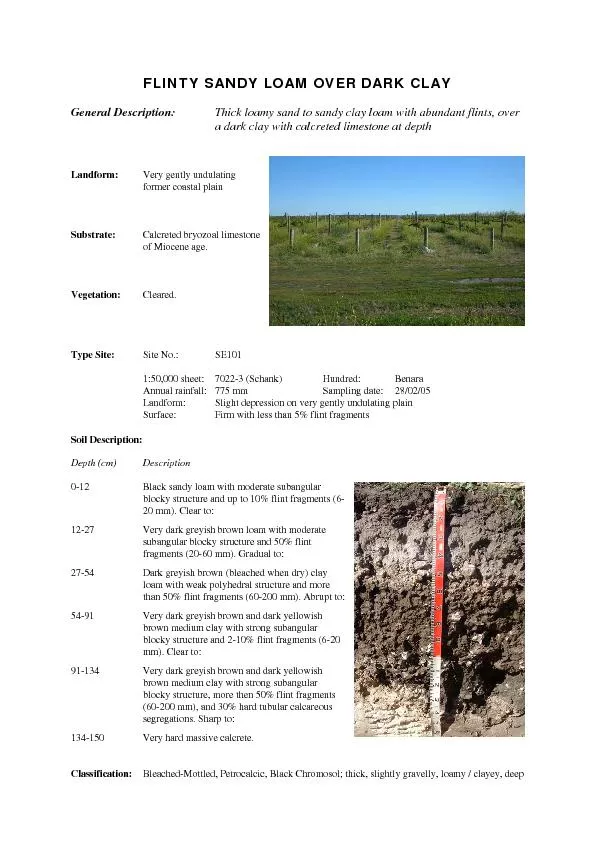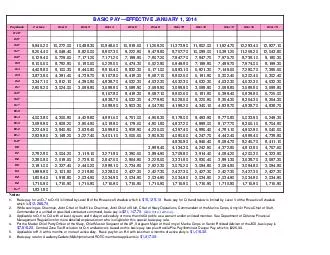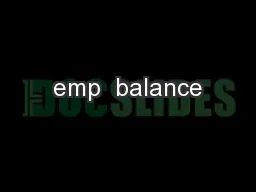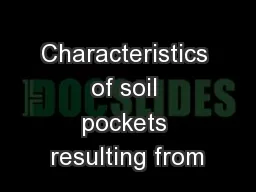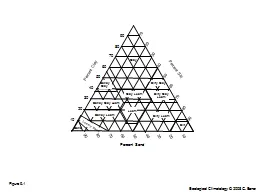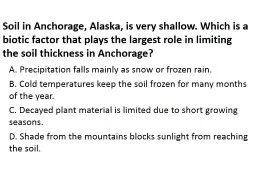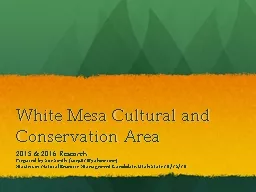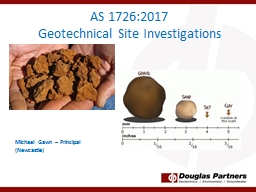PDF-Thick loamy sand to sandy clay loam with abundant flints, over Very g
Author : ellena-manuel | Published Date : 2016-04-16
Drainage Moderately well drained Water ponds on top of clay for a week or so following heavy or prolonged rainfall but this layer is sufficiently deep that impact
Presentation Embed Code
Download Presentation
Download Presentation The PPT/PDF document "Thick loamy sand to sandy clay loam with..." is the property of its rightful owner. Permission is granted to download and print the materials on this website for personal, non-commercial use only, and to display it on your personal computer provided you do not modify the materials and that you retain all copyright notices contained in the materials. By downloading content from our website, you accept the terms of this agreement.
Thick loamy sand to sandy clay loam with abundant flints, over Very g: Transcript
Download Rules Of Document
"Thick loamy sand to sandy clay loam with abundant flints, over Very g"The content belongs to its owner. You may download and print it for personal use, without modification, and keep all copyright notices. By downloading, you agree to these terms.
Related Documents

